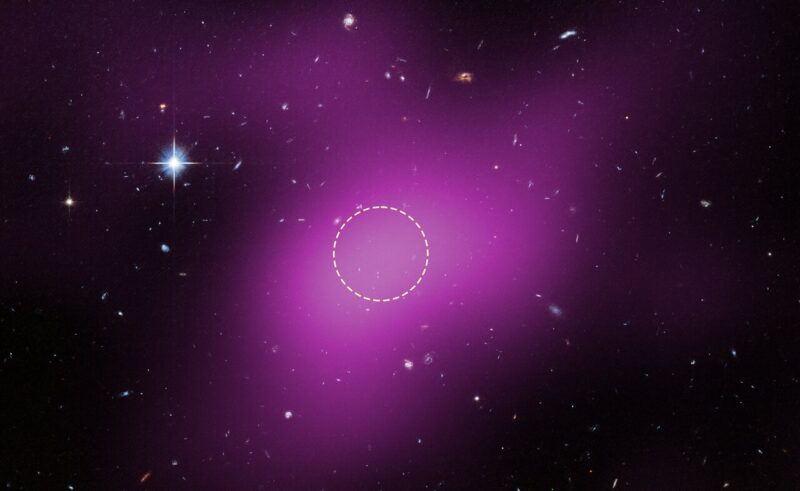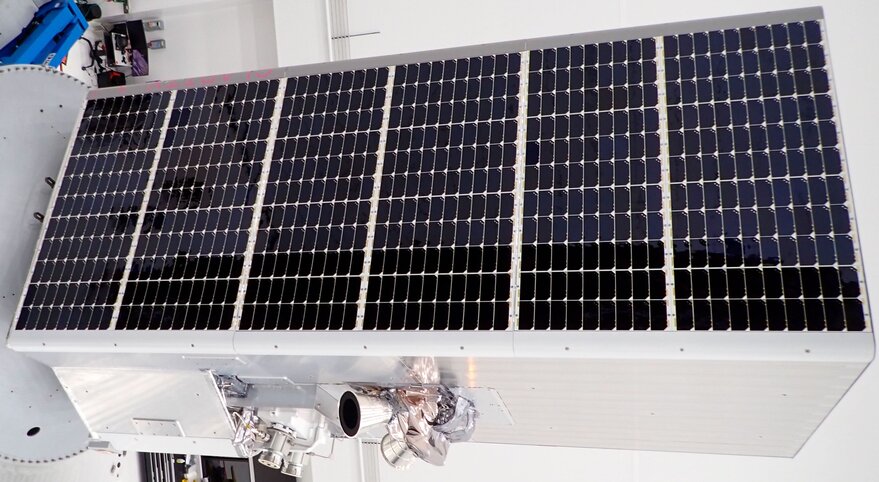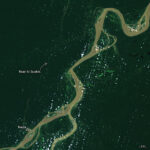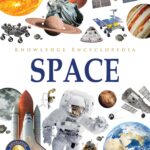Now Reading: Study: Starlink disrupts radio astronomy, too
-
01
Study: Starlink disrupts radio astronomy, too
Study: Starlink disrupts radio astronomy, too
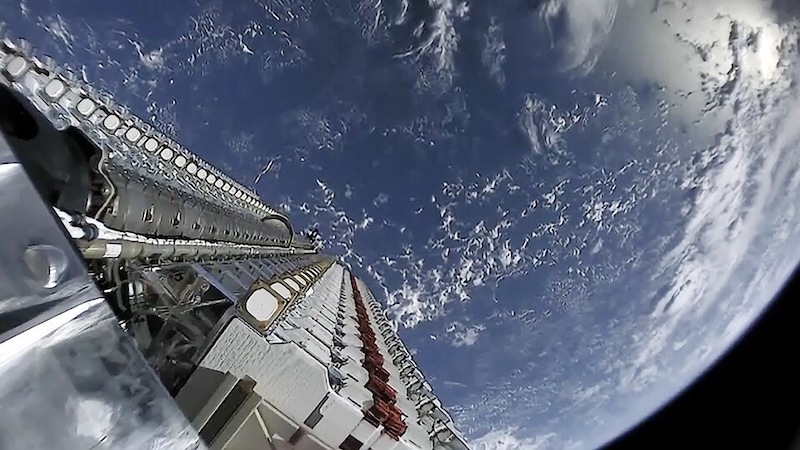
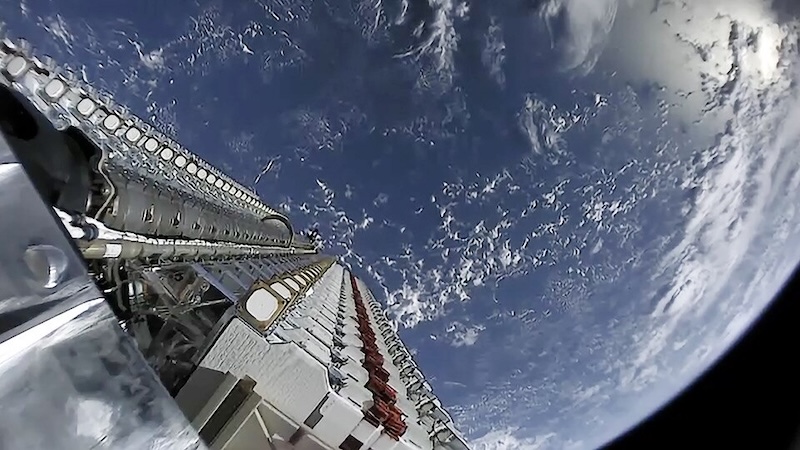
- SpaceX’s Starlink satellites are a major source of radio emissions that disrupt radio astronomy observations, especially in protected frequencies.
- Starlink satellites leak radio waves from internal electronics, overpowering faint signals from celestial objects.
- Astronomers want updated international regulations to manage unintended satellite emissions and ensure radio astronomy can thrive alongside satellite technology.
Radio astronomers increasingly concerned about Starlink radio emissions
In radio astronomy, astronomers use radio telescopes to observe radio waves emitted by planets, stars and galaxies, as well as interstellar gas and dust. However, radio emissions from satellites often contaminate their data. As the orbital real estate around our planet gets more crowded, this problem is getting worse. On July 23, 2025, astronomers in Australia said they’ve conducted the biggest survey yet of such satellite radio emissions. As a result, they found Space X’s Starlink satellites were the biggest culprit, causing significant disruption to radio astronomy observations.
Satellites such as Starlink have always impinged in some way on astronomers’ optical, infrared and radio observations. But only as the numbers of satellites increase does the situation become particularly dire. In 2021, there were still less than 5,000 functional satellite in orbit. As of July 2025, there are more than 8,000 Starlink satellites alone in orbit. And there are more than 12,000 total active satellites as of mid-2025. Their bright trails passing in front of dim background objects in our universe degrade astronomers’ data.
And it should be noted that Starlink does not deliberately emit radio waves. Instead, they leak out of internal satellite electronics.
Dylan Grigg, a Ph.D. student at Curtin University, led the new study, published in the peer-reviewed journal Astronomy and Astrophysics on July 17, 2025. Grigg said:
Starlink is the most immediate and frequent source of potential interference for radio astronomy: it launched 477 satellites during this study’s 4-month data collection period alone.
In some datasets, we found up to 30% of our images showed interference from a Starlink satellite.
Radio astronomy and interference from human radio sources
Radio astronomers use a wide range of radio frequencies, from 3 kilohertz to 900 gigahertz. Some of the radio bands in that range are protected, so astronomers can use them to study celestial objects. This means that under international law, human-made devices cannot emit radio waves in those frequencies. Moreover, the locations of many radio telescopes are in remote areas to minimize interference from radio transmitters and other radio sources.
But it is hard for radio telescopes to avoid radio sources from satellites passing overhead, as those satellites leak protected radio frequencies that interfere with astronomical observations. And since Starlink has the largest number of satellites in low Earth orbit, this new study focused on the impact of their radio emissions on radio astronomy.
Tracking radio emissions from Starlink satellites
The astronomers used a radio telescope called the Engineering Development Array version 2 (EDA2). It is an engineering prototype for a very large radio telescope, called SKA-Low, which is currently under construction in a remote section of Western Australia.
They conducted a survey of the sky across the radio frequencies 50 to 350 MHz, the frequency range of the future SKA-Low observatory. In all, the astronomers analyzed 76 million images captured over 29 days.
The team reported 112,534 detections from 1,806 unique Starlink satellites. And it’s no surprise that Starlink dominated the detections over other satellites. In recent years, SpaceX has launched thousands of Starlink satellites to facilitate global internet connections, a service particularly important to remote parts of the world.
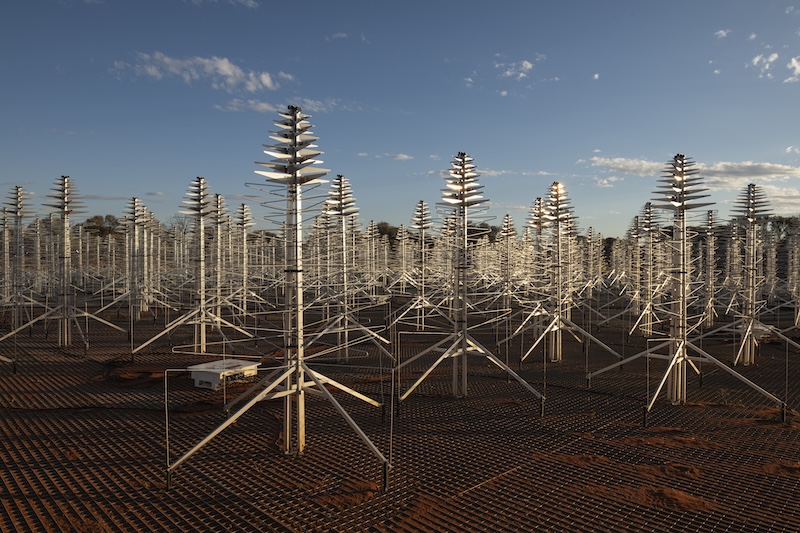
The impact of Starlink radio emissions
But Grigg said it wasn’t just the number of satellites they encountered that concerned them. They are also worried about the strength of those signals against the weaker radio signatures of celestial objects. Moreover, those radio emissions were coming from frequencies protected for radio astronomy. He commented:
Some satellites were detected emitting in bands where no signals are supposed to be present at all, such as the 703 satellites we identified at 150.8 MHz, which is meant to be protected for radio astronomy.
Because they may come from components like onboard electronics and they’re not part of an intentional signal, astronomers can’t easily predict them or filter them out.
The need for improved regulations on satellite radio emissions
Co-author Steven Tingay remarked about the need for regulatory improvements to keep satellites from interfering with radio astronomy observations. He said:
Current International Telecommunication Union regulations focus on intentional transmissions and do not cover this type of unintended emission.
Starlink isn’t the only satellite network, but it is by far the biggest, and its emissions are now increasingly prominent in our data.
We hope this study adds support for international efforts to update policies that regulate the impact of this technology on radio astronomy research that are currently underway.
It is important to note that Starlink is not violating current regulations, so is doing nothing wrong. Discussions we have had with SpaceX on the topic have been constructive.
Looking for a solution for the satellite problem in radio astronomy
Tingray said satellite technology and radio astronomy are both important and need a way to coexist harmoniously. He commented:
We’re standing on the edge of a golden era where the SKA will help answer the biggest questions in science: how the first stars formed, what dark matter is and even test Einstein’s theories.
But it needs radio silence to succeed. We recognize the deep benefits of global connectivity, but we need balance, and that starts with an understanding of the problem, which is the goal of our work.
Bottom line: A recent survey studied the impact of satellite radio emissions on radio astronomy observations. It found Starlink satellites were the main culprit.
Read more: How satellites harm astronomy: what’s being done
The post Study: Starlink disrupts radio astronomy, too first appeared on EarthSky.
Stay Informed With the Latest & Most Important News
Previous Post
Next Post
-
 01From Polymerization-Enabled Folding and Assembly to Chemical Evolution: Key Processes for Emergence of Functional Polymers in the Origin of Life
01From Polymerization-Enabled Folding and Assembly to Chemical Evolution: Key Processes for Emergence of Functional Polymers in the Origin of Life -
 02Two Black Holes Observed Circling Each Other for the First Time
02Two Black Holes Observed Circling Each Other for the First Time -
 03How New NASA, India Earth Satellite NISAR Will See Earth
03How New NASA, India Earth Satellite NISAR Will See Earth -
 04Thermodynamic Constraints On The Citric Acid Cycle And Related Reactions In Ocean World Interiors
04Thermodynamic Constraints On The Citric Acid Cycle And Related Reactions In Ocean World Interiors -
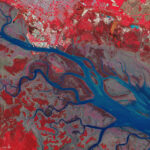 05Φsat-2 begins science phase for AI Earth images
05Φsat-2 begins science phase for AI Earth images -
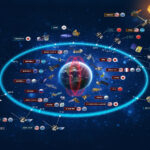 06Hurricane forecasters are losing 3 key satellites ahead of peak storm season − a meteorologist explains why it matters
06Hurricane forecasters are losing 3 key satellites ahead of peak storm season − a meteorologist explains why it matters -
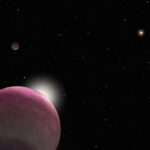 07Binary star systems are complex astronomical objects − a new AI approach could pin down their properties quickly
07Binary star systems are complex astronomical objects − a new AI approach could pin down their properties quickly












